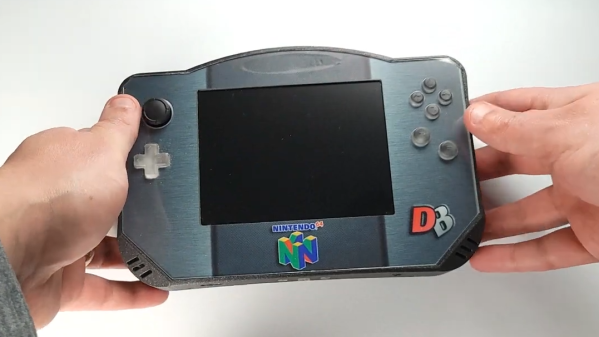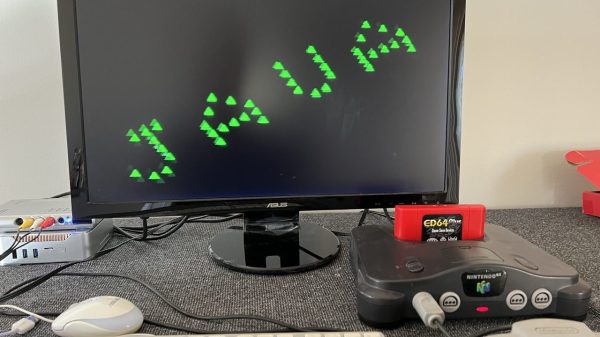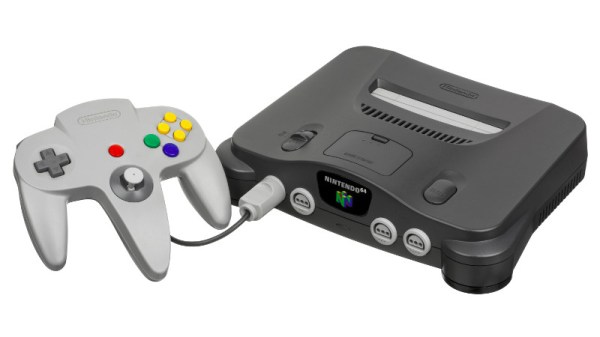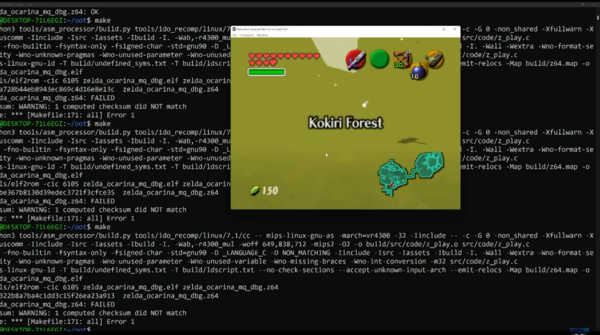[Chris Downing] has been in the mod scene a long time, and his 5th GeN64 Portable is his most modern portable Nintendo 64 yet. The new build has an improved form factor, makes smart use of 3D printing and CNC cutting, efficiently uses PCBs to reduce wiring, and incorporates a battery level indicator. That last feature is a real quality of life improvement, nicely complementing the ability to charge over USB-C.
What’s interesting about builds like this is that it’s all about the execution. The basic parts required to mod a classic games console into a portable unit are pretty well understood, and off-the-shelf modules like button assemblies exist to make the job far easier than it was back in the day when all had to be done from scratch. We’ve admired [Chris Downing]’s previous builds, and what differentiates one mod from another really comes down to layout and execution, and that’s where the 5th GeN64 Portable shines. Continue reading “The Latest Advancements In Portable N64 Modding”


















